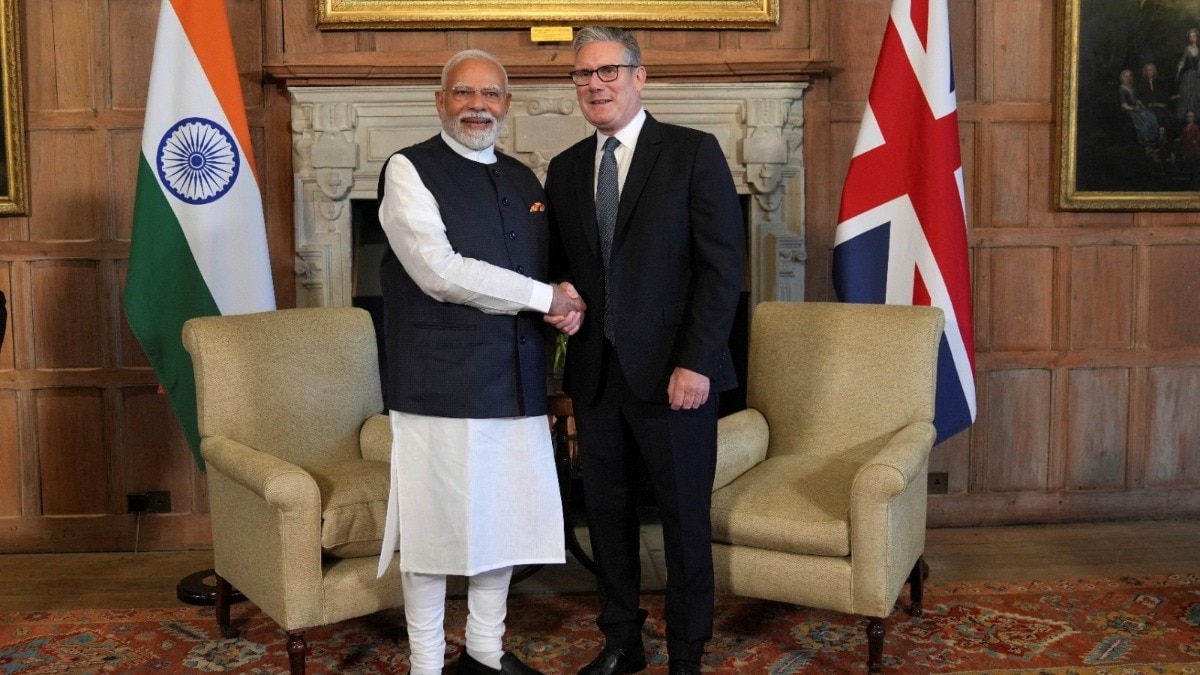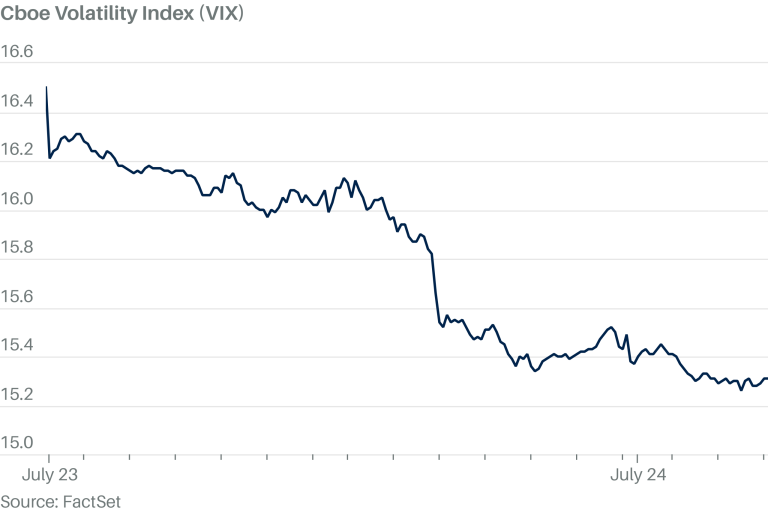India’s newly signed Free Trade Agreement (FTA) with the United Kingdom is poised to make premium British products like electric vehicles, Scotch whisky, cosmetics, and chocolates significantly more affordable for Indian consumers, while opening up duty-free access for Indian exports across key sectors such as engineering goods, pharmaceuticals, processed foods, and electronics.
Signed during Prime Minister Narendra Modi’s visit to London, the deal is expected to increase annual bilateral trade by $34 billion.
The FTA includes tariff reductions, improved mobility for Indian professionals, and market access across critical sectors. While Indian consumers will see a drop in prices for luxury British imports like Scotch whisky and electric vehicles, Indian exporters will gain duty-free access to high-value UK markets for pharmaceuticals, engineering goods, and food products.
What gets cheaper in India (UK to India)
India will eliminate or reduce tariffs on 90% of British goods, significantly lowering the cost of premium UK products:
Scotch whisky: One of the most high-profile items in the deal, its import duty will drop from 150% to 75% immediately, and further to 40% over 10 years, making it more affordable for Indian consumers.
Electric vehicles (EVs): Customs duty on EVs will fall from 110% to 10% within a quota, bringing down the price of premium UK-made EVs such as those by Jaguar Land Rover.
Cosmetics and personal care products: Popular British brands will become more competitively priced as tariffs are slashed.
Chocolates, biscuits, and soft drinks: These will also become cheaper, giving a boost to UK FMCG players in the Indian market.
Medical devices and health tech equipment: With import duties reduced, advanced British healthcare products will now be more accessible.
The average tariff on UK imports will drop from 15% to just 3%, opening the door to wider availability of British goods in India.
What gets cheaper in the UK (India to UK)
In return, the UK will offer zero-duty access to 99% of Indian exports, providing a major boost across several sectors:
Engineering goods: With 1,659 tariff lines included, Indian exports of machinery, auto components, and equipment will benefit from cost advantages.
Chemicals and petrochemicals: Covering 1,206 products, this sector is expected to grow by up to 40% with duty-free UK access.
Pharmaceuticals: India can now target the UK’s $30 billion import market for generics, with zero tariffs on 56 key pharma lines.
Processed foods and agri-products: Tariffs of up to 70% on items like tea, coffee, and spices will be eliminated, giving Indian producers a level playing field with European competitors.
Marine exports: Duties of up to 20% will be removed on seafood exports, unlocking a $5.4 billion UK market for Indian fishermen.
Gems and jewellery: India’s exports to the UK, currently worth $941 million, are expected to double as duties are removed.
Electronics: Smartphones, fibre-optic cables, and inverters will now be exported at zero duty.
Software and IT services: With mobility provisions included, this $32 billion sector could grow 15–20% annually, benefiting over 60,000 Indian tech workers.
This table highlights India’s sectoral export gains under the India–UK Comprehensive Economic and Trade Agreement (CETA). With near-total tariff elimination on key Indian exports—including textiles, leather, processed food, and machinery—the agreement boosts India’s competitiveness and supports employment-intensive sectors aligned with its ‘Make in India’ and PLI goals.
India–UK FTA: Sector-wise Gains for India
| Sector | Key Products | Previous UK Duty | Post-FTA Tariff |
|---|---|---|---|
| Textiles & Clothing | Apparel, garments, home textiles | Up to 12% | Zero duty |
| Leather & Footwear | Shoes, belts, bags | Up to 16% | Zero duty |
| Gems & Jewellery | Diamonds, gold jewellery, imitation ornaments | Up to 4% | Zero duty |
| Furniture/Sports Goods | Handcrafted furniture, sports equipment | Up to 4% | Zero duty |
| Processed Food | Packaged foods, ready-to-eat meals | Up to 70% | 99.7% tariff lines at zero duty |
| Marine & Animal Products | Seafood, dairy, meat | Up to 20% | 99.3% tariff lines at zero duty |
| Fruits & Vegetables | Tea, coffee, spices, cereals, oils | Up to 20% | Zero duty (except rice) |
| Chemicals | Organic, inorganic, misc. chemicals | Up to 8% | Zero duty |
| Electrical Machinery | Cables, switchgear, electronics | Up to 14% | Zero duty |
| Mechanical Machinery | Engines, pumps, tools | Up to 8% | Zero duty |
| Plastics/Rubber | Pipes, containers, auto components | Up to 6% | Zero duty |
| Base Metals | Aluminium, copper, iron & steel | Up to 10% | Zero duty |
| Transport/Auto | Auto parts, EV components | Up to 18% | Zero duty |
| Wood/Paper | Furniture wood, industrial paper | Up to 10% | Zero duty |
| Instruments & Clocks | Precision tools, watches | Up to 6% | Zero duty |
| Glass/Ceramics/Headgear | Glassware, tiles, helmets | Up to 12% | Zero duty |
India is the fourth-largest supplier of textile and apparel products to the UK, accounting for 6.6% of its total imports, which reached around $27 billion in 2024. China topped the list with a 25% share, followed by Bangladesh (15%) and Türkiye (8.5%). Despite this position, India’s share in the top 20 textile and apparel items imported by the UK is just 4%, indicating significant room for growth under the new trade agreement.
With deep concessions on both sides, the India-UK FTA is one of the most comprehensive and forward-looking trade deals signed by India, expected to reshape the trade landscape between the two nations.







